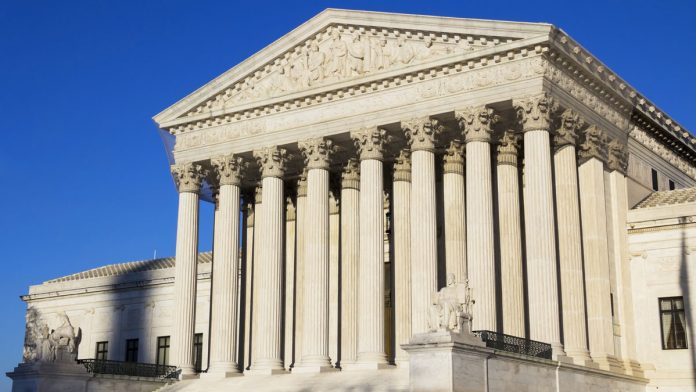Justices Question Teen’s LWOP Sentence At Oral Arguments
Olivia Covington for www.theindianalawyer.com
In Indiana, only five juveniles have been sentenced to life without parole. Now, the fate of the fifth juvenile rests with the justices of the Indiana Supreme Court, who must decide whether the teen’s act of shooting and killing another 17-year-old rises to a level of offense that warrants spending the rest of his life behind bars.
In a direct LWOP appeal to the state’s highest court, the case of Carltez Jamall Taylor v. State of Indiana, 82S00-1610-LW-00576 was heard by the justices on Tuesday. The case came to the court after Carltez Taylor, a then-17-year-old, shot and killed another teenager, J.W., after lying in wait for him on a street corner. A jury in Vanderburgh Circuit Court recommended a life without parole sentence for Taylor, but his counsel now challenges that sentence, telling the court LWOP sentences should be reserved for only the most heinous of juvenile crimes.
To illustrate that point, Matthew McGovern, Taylor’s counsel, pointed the justices to the case of Conley v. State, 972 N.E.2d 864 (Ind. 2012), in which the Supreme Court upheld juvenile Andrew Conley’s LWOP sentence for killing his younger brother, but only because the crime constituted an “unimaginable horror.†The court in Conley noted the death of the victim was not a “nearly-instantaneous death by a bullet,†but rather was a drawn-out process. Here, however, J.W. died within five minutes of being shot, so McGovern said his client’s conduct did not rise to the same level of heinousness as the defendant in Conley.
But Kelly Loy, counsel for the state, presented a different view of J.W.’s murder, one in which Taylor coerced J.W.’s girlfriend into bringing him to the scene unarmed, then waited several minutes around a dark corner before emerging into the street and opening fire. While Loy did concede the circumstances in Conley were more gruesome than those in Taylor’s case, she said the level of premeditation Taylor exhibited in the hours leading up to the fatal shooting rise to the level of an appropriate LWOP sentence.
However, Justice Mark Massa noted that in Roper v. Simmons, 543 U.S. 551, 125 S. Ct. 1183 (2005), the Supreme Court of the United States ruled the death penalty was unconstitutional when applied to juvenile defendants. Considering the fact that a life sentence is essentially a “death sentence†for Taylor, who will never be released from prison if relief is not granted, Massa asked Loy why the Roper holding should not be applied to the instant case.
According to Loy, “death is different,†and although Indiana’s capital punishment and LWOP statutes are the same, the same logic does not necessarily apply to the two types of sentences. Chief Justice Loretta Rush then wanted to know what about Taylor made him so “irredeemable†so as to have no hope for a rehabilitated future, and Loy once against pointed to the perceived premeditation of J.W.’s murder, as well as Taylor’s growing criminal history.
McGovern, however, said Loy was trying to view Taylor’s actions through the lens of an adult, not a juvenile. At 17 years old, juveniles may not be able to fully process the consequences of their actions, McGovern said, so it would be unfair to impose an adult’s thought process on Taylor’s case.
McGovern also urged the court to provide Taylor relief on the grounds that the jury did not return a special verdict form indicating the appropriate LWOP aggravating factor had been found. Such a form is required under Indiana law, he said, and the failure to return the form constitutes a Sixth Amendment due process violation. Loy, however, said although the special form was not returned, the jury properly considered the case and was properly instructed.
Full oral arguments in the case are available here.





